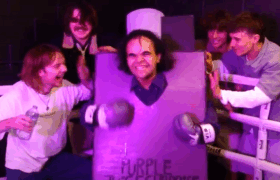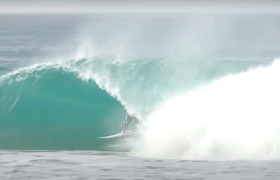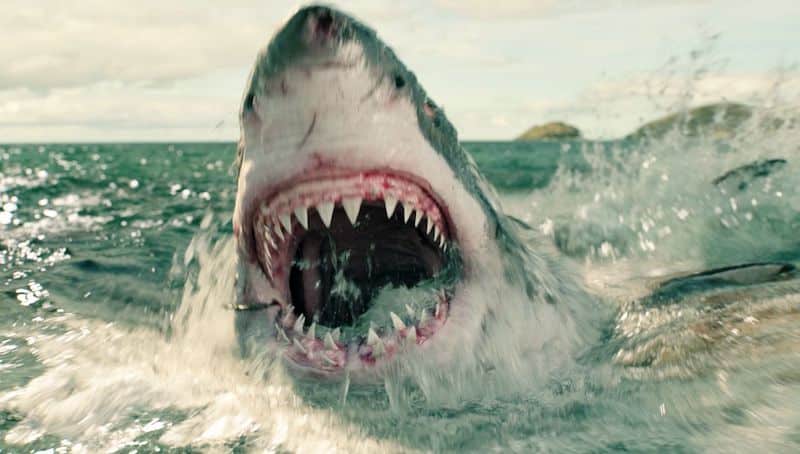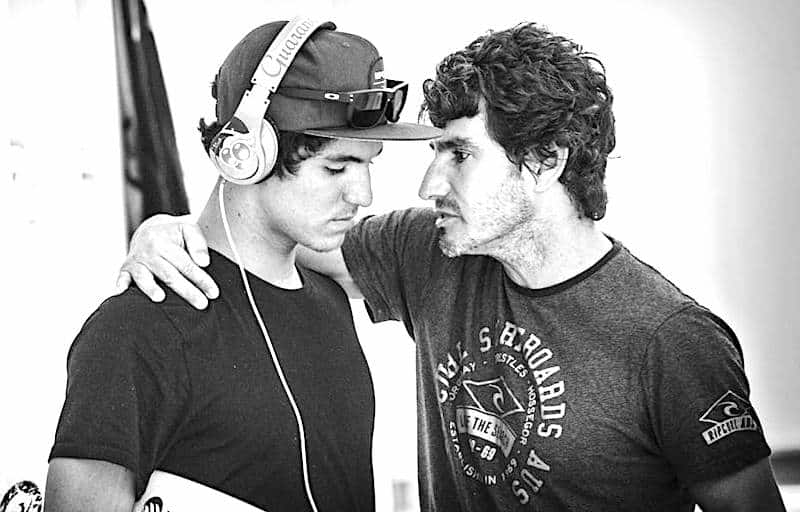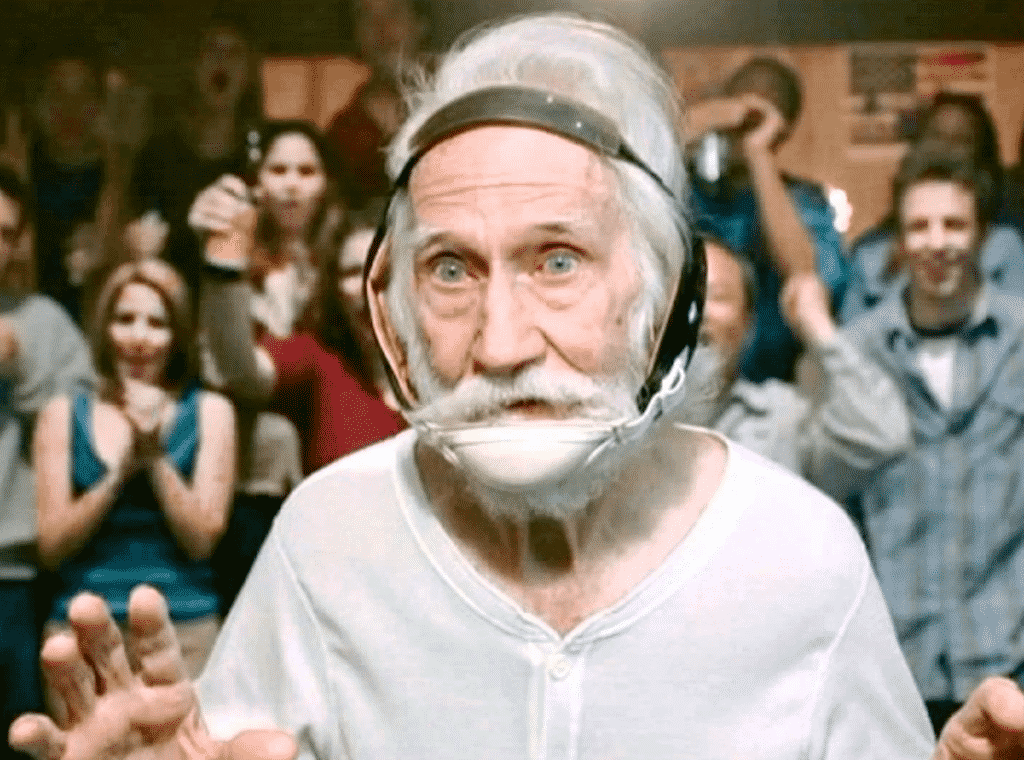Bottom line, if you surf in Australian waters, get a tourniquet leash.
Yesterday, The Guardian and the ABC, reasonably reputable news sources despite their leftist skew, reported on a “brilliant, life-saving treatment” for catastrophic shark attacks, ie Great White hits, something increasingly common in Australian waters.
The stories, “Doctor’s ‘brilliant’ new first aid technique can stem blood loss after shark attack” (The Guardian) and “Simple first-aid technique could save lives of shark attack victims according to researchers” (ABC), came after a paper published in the journal of Emergency Medicine Australasia describing a technique to stem the bleeding of a Great White hit by making a fist and pressing hard into the groin, between hip bone and genitals.
The lead author of the paper, Dr Nicholas Taylor, Associate Dean of the ANU Medical School, a surfer, said he got the idea after a vacay to Western Australia around the time of a series of Great White attacks.
“I was looking for a few ways to make myself a bit more shark proof,” Taylor told The Guardian.
“After speaking to surf life savers and surfers he found most would instinctually react to a shark bite wound by placing direct pressure on it or attempting to make a tourniquet from material they had on hand.”
Taylor now wants signs like this, below, at beaches detailing the technique, which can be memorised with the mnemonic “Push hard between the hip and the bits”.

All pretty logical, yeah?
Well, the reports drove Dr Jon Cohen, head of Taree’s Manning Base Hospital, a short-ish ambulance drive from Tuncurry where Mark Sanguinetti was mauled to death by a Great White in May, wild.
As soon as it appeared he texted me the ABC story with the message, “Really misleading article. Happy to call bullshit.”
Who don’t like a little bullshit calling?
What pissed Jon off was the study’s field test where the technique was supposedly proven to be vastly superior to tourniquets.
“That’s totally false, completely false. There’s a reason military carry tourniquets,” he says.
It wasn’t that long ago that Jon was working at the working in the emergency department of Esperance Hospital, the same joint where seventeen-year-old surfer Laeticia Brouwer was brought in and where she died in 2017 after being hit by a White.
He had the same epiphany as Doc Taylor, as in, how could he use his expertise to solve the problem of preventable shark attack deaths?
He spent three years trying to bring to market a tourniquet that was so light it didn’t interfere with your surfing, you could apply it with one hand and you could do it ten seconds. It got to the point where all the designers and engineers he spoke to wanted fifty-grand or a hundred gees to get it ready for production.
So he pulled back, repurposed military tourniquets and now sells ’em on his site calmas.com.au for sixty bucks apiece. It’s the same price if you want a version built into a legrope.
Jon’s read Taylor’s paper and says it makes assumptions that aren’t always true, like, it being impractical to give first aid in the water.
Given the short period between a Great White hit on a surfer and the victim bleeding out, you’re gonna have a better chance of keeping someone alive if you’ve got a tourniquet in your wetsuit or a specialised leash.
“You…should…attempt to stop the bleeding in the water,” he says. pointing out most victims of catastrophic bites are pretty much fucked by the time they hit the sand.
“If someone is seriously mauled, a tourniquet is the go. Another assumption is there being no specialised equipment on the beach. We’re trying to change that. You should have that. We speak to councils, to the DPI (Department of Primary Industries), trying to get them to take some responsibility and have public access kits available in Esperance, Margs, along stretches of the North Coast. People do want to have that gear.”
Jon says he was at the beach yesterday and an old bloke who swims out the shark buoy and back most days asked him if he’d heard of the miracle new technique.
“Better than a tourniquet,” he told Jon.
“Oh my fucking god! That’s why I got home and called you. I cannot believe this shit.”
Still, there is common ground.
Stopping the bleeding, obvs, is the first thing you gotta do and sticking your fist into someone’s hip will help, although if you want to be even more effective use your knee, more surface area, less fatiguing, says Jon, referencing combat medicine.
“And, it’s fine if it’s all you’ve got although the fact is, if the person is still alive, they’re going to be so adrenalised they’ll be fighting you off. Getting them to stay still is for that pressure is extra hard. That’s why you want a tourniquet, you can set it and then got on with all the other business, getting help and so on.”
Of course, the elephant in the room, is this blithe acceptance of a new normal where Great White hits on surfers, a fatality every two months or so, is seen as a small price to pay to allow ’em to flourish, without fear, in near coastal waters.
